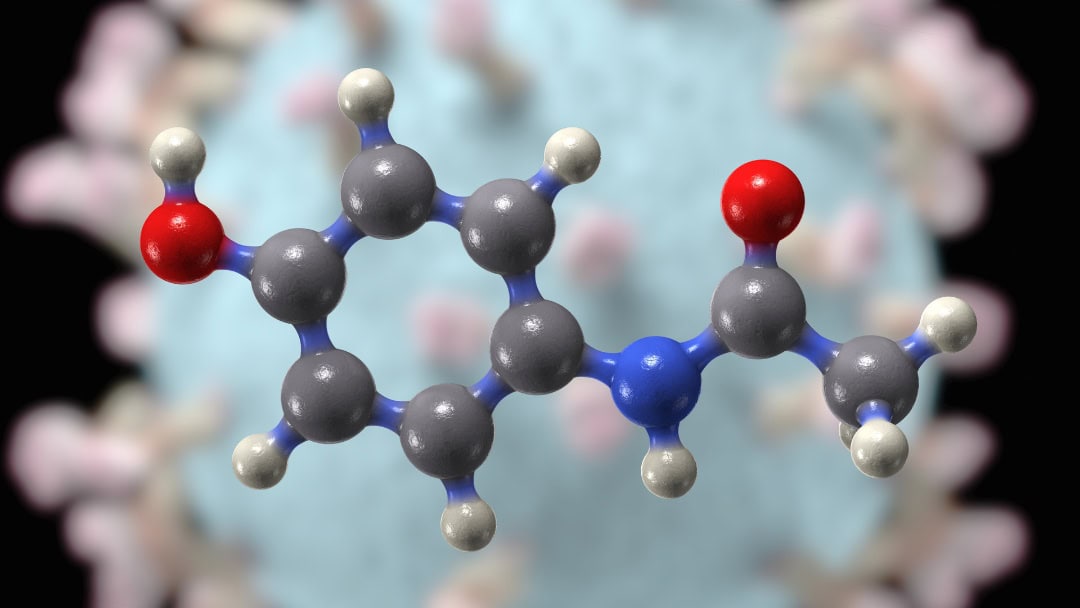Pharmaceutical consumption is higher in the United States of America than in the United Kingdom, Germany, France, Canada, all of Latin America, Japan and the rest of Asia combined.
Consequences of Pharmaceutical Consumption
Unfortunately, many of the most commonly used pharmaceuticals can be quite damaging to the “good germs” or healthy microbiota in the gastrointestinal system. Antibiotics, oral contraceptives, NSAIDs (such as ibuprofen), asthma medications, acid-reflux drugs, and many others, either kill the good bacteria or create an environment in the gut where good bacteria no longer thrive.
The consequences are often gut dysbiosis and downstream immune dysregulation, the two mechanisms at the root of chronic illnesses. In addition, once pharmaceuticals are given, they typically create additional health problems which often require additional prescriptions to deal with the additional symptoms stemming from the side effects of medications.
Children are not spared this fate. In fact, children are the fastest growing demographic of pharmaceutical drug users in recent years. Even a few decades ago, it was rare for a physician to prescribe an acid-reflux medication to a child, but today, use of these drugs is widespread in the pediatric population.
Pharmaceuticals are also widely found in our food and water supply, so that even if one thinks they are “drug-free”, they are probably consuming a certain amount of drugs (especially antibiotics) in their food and water.
Excess pharmaceutical consumption alone might not be responsible for the epidemic of chronic illness in children, but in conjunction with other environmental factors, it can be a serious problem.
Root-Cause Approach
By identifying and alleviating potential root causes of chronic health conditions, symptoms can often disappear and pharmaceutical consumption may become unneeded. Be aware that there isn’t typically one root cause of these conditions and that there isn’t typically one thing that can be done to ameliorate them. Potential root causes include:
The good news is that healing the body always starts with healing the gut, usually with specialized or gut-healing diets that remove problematic foods that are causing inflammatory and immune problems, which can and do extend into the function of the brain. This means that the power of improving your child’s health lies in your own hands!
As always, if you are considering reducing or eliminating pharmaceuticals for your child, please work with your child’s physician. You could also consider working with knowledgable healthcare practitioners such as functional-medicine practitioners and naturopaths that understand this root-cause approach.
Still Looking for Answers?
Visit the Epidemic Answers Practitioner Directory to find a practitioner near you.
Join us inside our online membership community for parents, Healing Together, where you’ll find even more healing resources, expert guidance, and a community to support you every step of your child’s healing journey.
Sources & References
Alemany, S., et al. Prenatal and postnatal exposure to acetaminophen in relation to autism spectrum and attention-deficit and hyperactivity symptoms in childhood: Meta-analysis in six European population-based cohorts. Eur J Epidemiol. 2021 Oct;36(10):993-1004.
Avella-Garcia, C.B., et al. Acetaminophen use in pregnancy and neurodevelopment: attention function and autism spectrum symptoms. Int J Epidemiol. 2016 Dec 1;45(6):1987-1996.
Baker, B.H., et al. Association of Prenatal Acetaminophen Exposure Measured in Meconium With Risk of Attention-Deficit/Hyperactivity Disorder Mediated by Frontoparietal Network Brain Connectivity. JAMA Pediatrics. 2020 Sep 28;e203080.
Bauer, A.Z., et al. Paracetamol use during pregnancy – a call for precautionary action. Nat Rev Endocrinol. 2021 Dec;17(12):757-766.
Bauer, A.Z., et al. Prenatal paracetamol exposure and child neurodevelopment: A review. Horm Behav. 2018 May:101:125-147.
Bittker, S.S., et al. Postnatal Acetaminophen and Potential Risk of Autism Spectrum Disorder among Males. Behav Sci (Basel). 2020 Jan 1;10(1):26.
Cendejas-Hernandez, J., et al. Paracetamol (acetaminophen) use in infants and children was never shown to be safe for neurodevelopment: a systematic review with citation tracking. Eur J Pediatr. 2022 May;181(5):1835-1857.
Faucher, M.A. Acetaminophen In Pregnancy May Not Be As Safe As Previously Thought. J Midwifery Womens Health. 2014 Sep-Oct;59(5):541-2.
Good, P. Did acetaminophen provoke the autism epidemic? Altern Med Rev. 2009 Dec;14(4):364-72.
Hales, C.M., et al. Trends in Prescription Medication Use Among Children and Adolescents-United States, 1999-2014. JAMA. 2018 May 15;319(19):2009-2020.
Homme, J.S., et al. Randomised controlled trial: Prophylactic paracetamol at the time of infant vaccination reduces the risk of fever but also reduces antibody response. Evid Based Med. 2010 Apr;15(2):50-1.
Ji, Y. Association of Cord Plasma Biomarkers of In Utero Acetaminophen Exposure With Risk of Attention-Deficit/Hyperactivity Disorder and Autism Spectrum Disorder in Childhood. JAMA Psychiatry. 2020 Feb 1;77(2):180-189.
Khan, F.Y., et al. A Systematic Review of the Link Between Autism Spectrum Disorder and Acetaminophen: A Mystery to Resolve. Cureus. 2022 Jul 18;14(7):e26995.
Liew, Z., et al. Acetaminophen use during pregnancy, behavioral problems, and hyperkinetic disorders. JAMA Pediatr. 2014 Apr;168(4):313-20.
Liew, Z., et al. Maternal use of acetaminophen during pregnancy and risk of autism spectrum disorders in childhood: A Danish national birth cohort study. Autism Res. 2016 Sep;9(9):951-8.
Liew, Z., et al. Use of Negative Control Exposure Analysis to Evaluate Confounding: An Example of Acetaminophen Exposure and Attention-Deficit/Hyperactivity Disorder in Nurses’ Health Study II. Am J Epidemiol. 2019 Apr 1;188(4):768-775.
Patel, E., et al. The safety of pediatric use of paracetamol (acetaminophen): a narrative review of direct and indirect evidence. Minerva Pediatr (Torino). 2022 Dec;74(6):774-788.
Parker, W., et al. The Dangers of Acetaminophen for Neurodevelopment Outweigh Scant Evidence for Long-Term Benefits. Children (Basel). 2023 Dec 29;11(1):44.
Phillipot, G., et al. Paracetamol (Acetaminophen) and its Effect on the Developing Mouse Brain. Front Toxicol. 2022 Mar 22:4:867748.
Qato, D.M., et al. Prescription Medication Use Among Children and Adolescents in the United States. Pediatrics. 2018 Sep;142(3):e20181042.
Schultz, S.T., et al. Acetaminophen (paracetamol) use, measles-mumps-rubella vaccination, and autistic disorder: the results of a parent survey. Autism. 2008 May;12(3):293-307.
Schultz, S.T. Can autism be triggered by acetaminophen activation of the endocannabinoid system? Acta Neurobiol Exp (Wars). 2010;70(2):227-31.
Suda, N., et al. Therapeutic doses of acetaminophen with co-administration of cysteine and mannitol during early development result in long term behavioral changes in laboratory rats. PLoS One. 2021 Jun 25;16(6):e0253543.
Woodbury, M.L., et al. Examining the relationship of acetaminophen use during pregnancy with early language development in children. Pediatr Res. 2023 Dec 11.
Woodbury, M.L., et al. The relationship of prenatal acetaminophen exposure and attention-related behavior in early childhood. Neurotoxicol Teratol. 2024 Jan-Feb:101:107319.
Zhao, L., et al. Acetaminophen causes neurodevelopmental injury in susceptible babies and children: no valid rationale for controversy. Clin Exp Pediatr. 2024 Mar;67(3):126-139.
Resources
Saeed, Madiha and Wells, Katie. The Holistic Rx for Kids: Parenting Healthy Brains and Bodies in a Changing World. Rowman & Littlefield Publishers, 2021.




